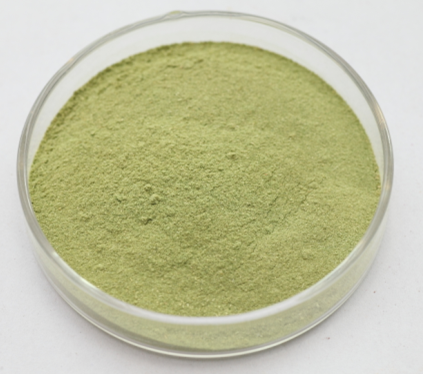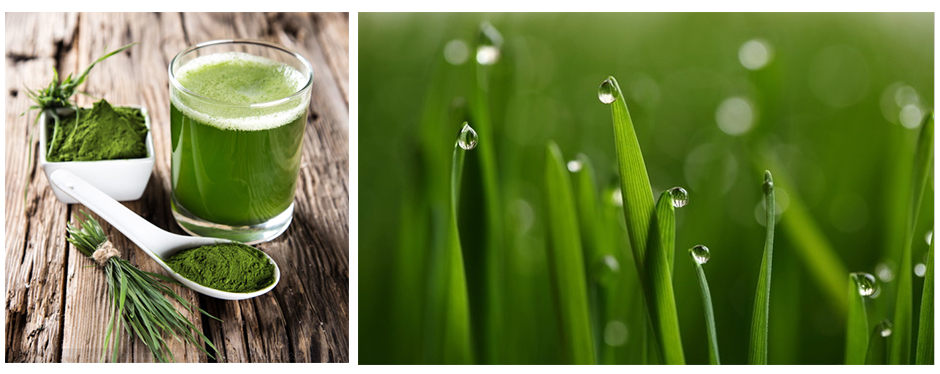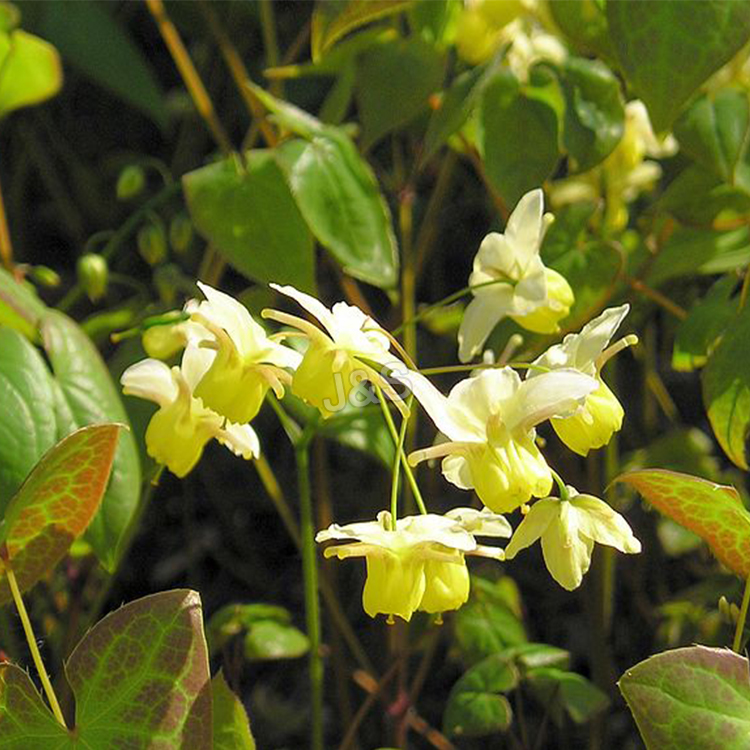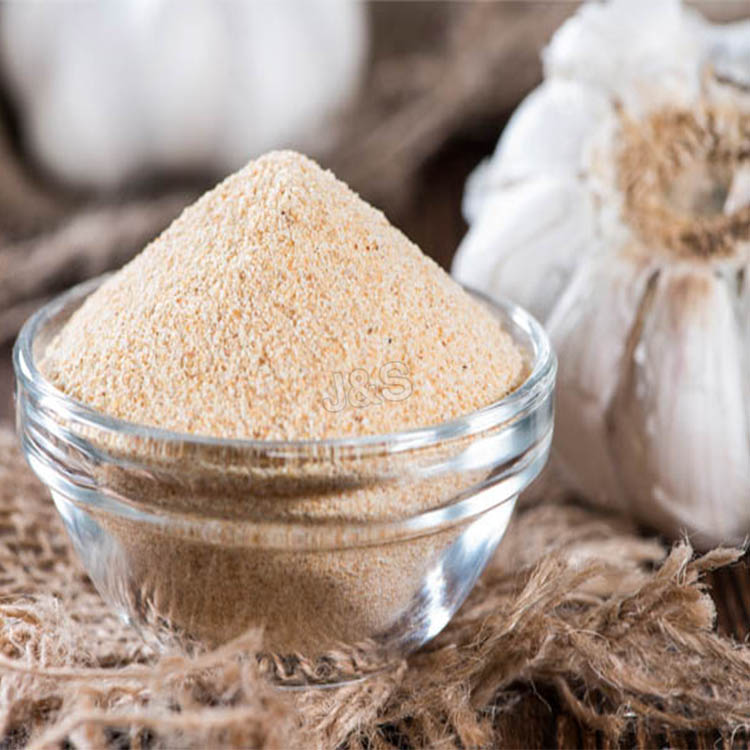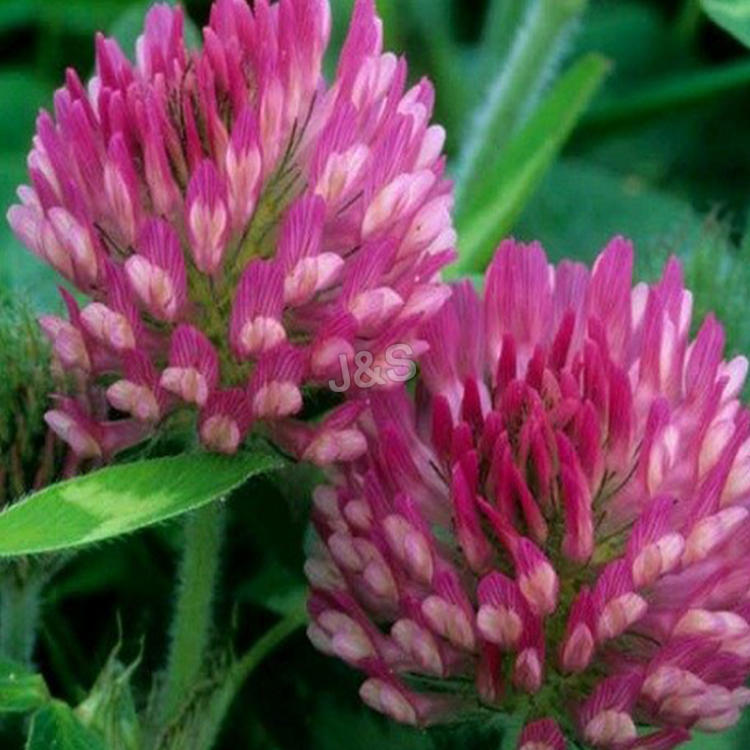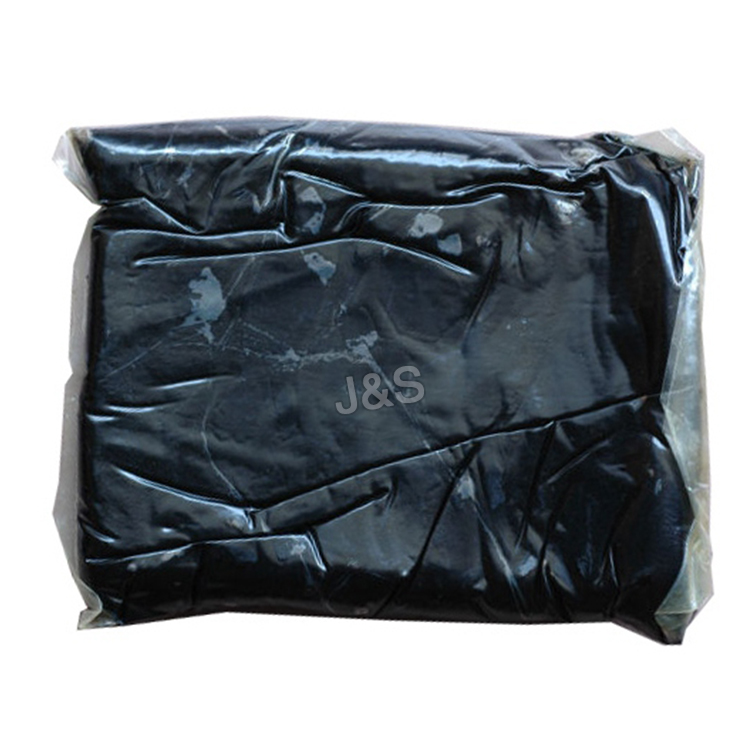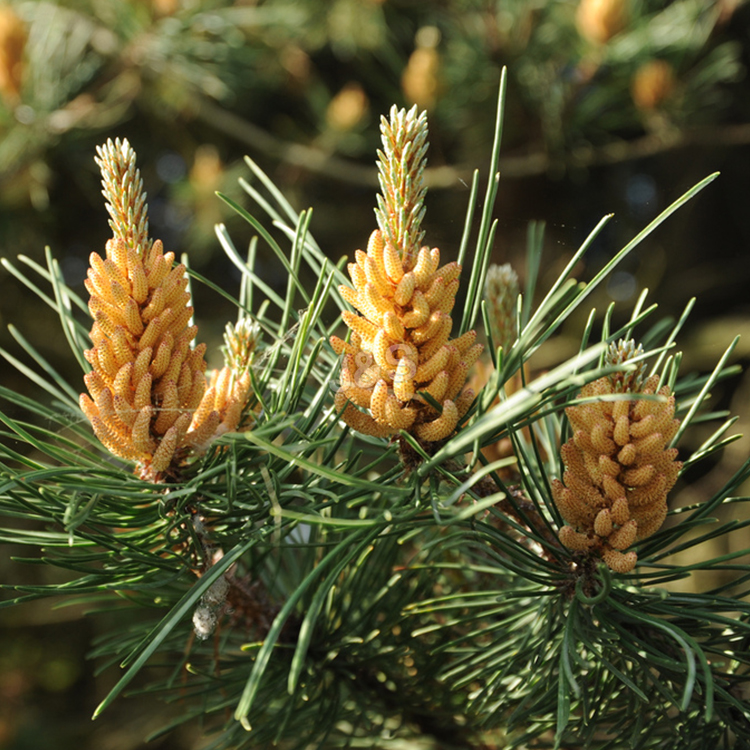Factory Cheap Hot Barley Grass Powder Manufacturer in London
Factory Cheap Hot Barley Grass Powder Manufacturer in London Detail:
Barley Grass Powder
Key Words: Organic barley grass powder;Barley grass juice powder
[Latin Name] Hordeum vulgare L.
[Plant Source] Barley Grass
[Solubility] Free soluble in water
[Appearance] Green fine powder
Plant Part Used: Grass
[Particle size]100 Mesh-200Mesh
[Loss on drying] ≤5.0%
[Heavy Metal] ≤10PPM
[Pesticide residue] EC396-2005, USP 34, EP 8.0, FDA
[Storage] Store in cool & dry area, keep away from the direct light and heat.
[Shelf life] 24 Months
[Package] Packed in paper-drums and two plastic-bags inside.
[Net weight] 25kgs/drum
[What is Barley ?]
Barley is an annual grass. Barley grass is the leaf of the barley plant, as opposed to the grain. It is capable of growing in a wide range of climatic conditions. Barley grass has greater nutritional value if harvested at a young age.
The fiber in barley might lower cholesterol and blood pressure in people with high cholesterol. Barley may also reduce blood sugar and insulin levels. Barley seems to slow stomach emptying. This could help keep blood sugar stable and create a sensation of being full, which might help to control appetite.
[Function]
1. Improves energy naturally
2. Rich in antioxidants
3. Improves digestion & regularity
4. Alkalizes the internal body
5. Helps rebuild the immune system
6. Provides raw building blocks for hair, skin and nails
7. Contains detoxification and cleansing properties
8. Contains anti-inflammatory ingredients
9. Promotes clear thinking
10. Has anti-aging properties
Product detail pictures:
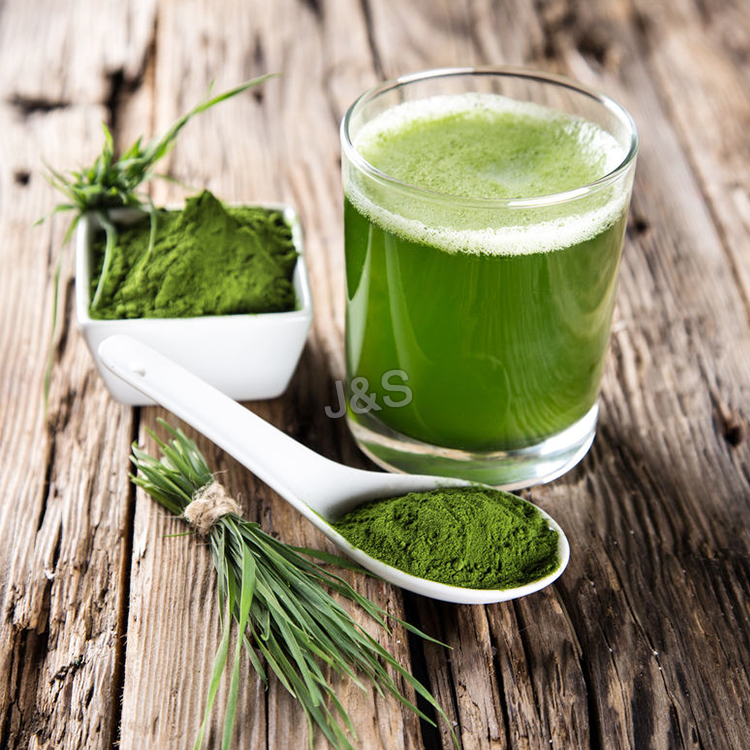
Related Product Guide:
The customer satisfaction is our primary goal. We uphold a consistent level of professionalism, quality, credibility and service for Factory Cheap Hot Barley Grass Powder Manufacturer in London , The product will supply to all over the world, such as: Hongkong, Naples, United States, We only supply quality products and we believe this is the only way to keep business continue. We can supply custom service too such as Logo, custom size, or custom products etc that can according to customer's requirement.
https://www.nutritionforest.com/pomegranate-extract.html
https://www.nutritionforest.com
Nutrition Forest Pomegranate Extract 500mg
Pomegranate, a juicy and toothsome fruit is cultivated in many areas which basically are available in winter season. Pomegranate, botanical name Punica Granatum, holds a compound called punicalagin which is expedient for anti-aging and skin lines, dullness. It also inhibits cardiovascular disease, supports normal blood pressure and help in reducing cholesterol.
Pomegranate extract is a powerful antioxidant which is wholesome not only for keeping heart healthy but blood vessels also. According to the study pomegranate juice has been found three times antioxidants more than red wine and green tea.
Pomegranate extract is extremely beneficial for skin problems. Pomegranate juice comprises of frolic acid, Vitamin C, Vitamin E, Vitamin K and minerals like iron and potassium. Vitamin C and Vitamin E are essential for our radiant skin. These vitamins are benign in skin rejuvenation, removing dullness and dead skin, wrinkles, fine lines and scars. Iron removes paleness of skin and also assists to sharpen brain.
Many cultures use pomegranate as a folk medicine. Pomegranate is native to Iran. It is primarily cultivated in Mediterranean counties, parts of the United States, Afghanistan, Russia, India, China, and Japan. You’ll see pomegranate in some royal and medical coats of arms.
How does it work?
Pomegranate contains a variety of chemicals that might have antioxidant effects. Some preliminary research suggests that chemicals in pomegranate juice might slow the progression of atherosclerosis (hardening of the arteries) and possibly fight cancer cells. But it is not known if pomegranate has these effects when people drink the juice.
pomegranate
pomegranate seeds
how to eat a pomegranate
benefits of pomegranate
pomegranates
how to eat pomegranate
pomegranate recipes
pomegranate health benefits
pomegranate fruit
pomegranate juice benefits
benefits of pomegranate juice
pomegranate nutrition
health benefits of pomegranate
how to make pomegranate juice
pomegranate calories
pomegranate arils
pomegranate season
calories in pomegranate
pomegranate juice recipe
pomegranate smoothie
pomegranate how to eat
how do you eat a pomegranate
pomagranate
anar fruit
pomegranate molasses recipe
pomegranate flower
is pomegranate juice good for you
is pomegranate good for you
pomegranate toronto
benefit of pomegranate
what is pomegranate good for
are pomegranates good for you
pomegranate juice side effects
pomegranate nutrition facts
pomegranet
calories in a pomegranate
benefits of eating pomegranate
pomegranate seeds benefits
pomegranate health
Carbohydrates
There are two types of carbohydrates:
The simple sugars
Glucose, sucrose, fructose (and many others)
The complex carbohydrates.
Carbohydrates that are made of long chains of sugars
Starches, cellulose
Simple Sugars
All carbohydrates are made up of units of sugar (also called saccharide units).
Carbohydrates that contain only one sugar unit are called monosaccharides.
Glucose
Fructose
Simple Sugars
Disaccharides have two sugar units bonded together.
For example, common table sugar is sucrose (below), a disaccharide that consists of a glucose unit bonded to a fructose unit.
Complex Carbohydrates
Complex carbohydrates are polymers of the simple sugars.
In other words, the complex carbohydrates are long chains of simple sugar units bonded together.
For this reason the complex carbohydrates are often referred to as polysaccharides.
Complex Carbohydrates
Starch (below) is a polymer of the monosaccharide glucose (n is the number of repeating glucose units and ranges in the 1,000′s).
Starches and cellulose are complex carbohydrates used by plants for energy storage and structural integrity.
Complex Carbohydrates
Glycogen, another polymer of glucose, is the polysaccharide used by animals to store energy.
Both starch and glycogen are polymers of glucose.
Starch is a long, straight chain of glucose units, whereas glycogen is a branched chain of glucose units.
Proteins
Proteins are polymers of amino acids.
Amino acids all have the general structure:
The R in the diagram represents a functional group that varies depending on the specific amino acid in question.
Twenty amino acids in human metabolism
Proteins
When 2 amino acids bond together, water is released as the carboxyl end of one amino acid bonds to the amine end of the adjacent one forming a peptide bond, as illustrated at the left.
Because water is lost, the process is called:
Condensation synthesis, or…
Condensation polymerization
Proteins
When many amino acids bond together to create long chains, the structure is called a protein (it is also called a polypeptide because it contains many peptide bonds).
Proteins
Proteins are large molecules that may consist of hundreds, or even thousands of amino acids.
While there are hundreds of thousands of different proteins that exist in nature, they are all made up of different combinations of amino acids.
Fats
Fats are a sub-group of compounds known as lipids that are found in the body and have the general property of being hydrophobic (meaning they are insoluble in water).
Other lipids include waxes, and steroids, such as cholesterol.
Fats
Fats are also known as triglycerides, molecules made from the combination of one molecule of glycerol with three fatty acids.
Glycerol
Fatty
acids
Triglyceride
“R” is a long chain of carbon and hydrogen
Fats
The type of fatty acid in the molecule determines the type of fat:
Saturated fats
All single bonds in the carbon chain
Solids at room temperature
Mono-unsaturated fats
One double bond in the carbon chain, the remainder single
Liquids at room temperature
Polyunsaturated fats
Two or more double bonds in the carbon chain
Liquids at room temperature
The company account manager has a wealth of industry knowledge and experience, he could provide appropriate program according our needs and speak English fluently.
